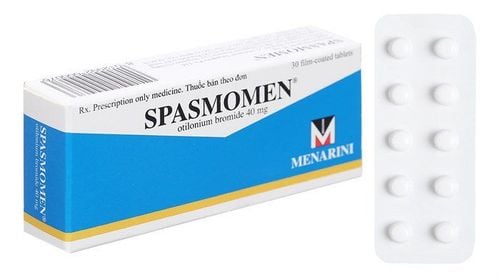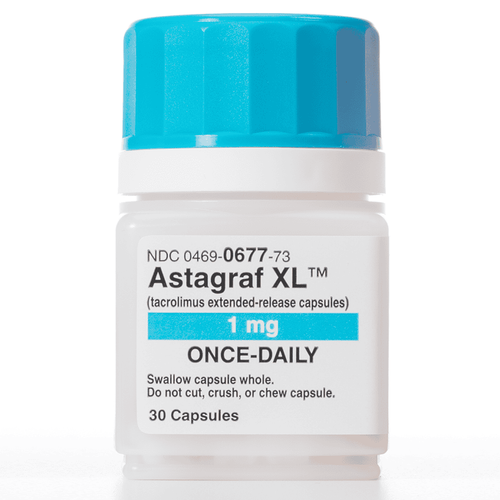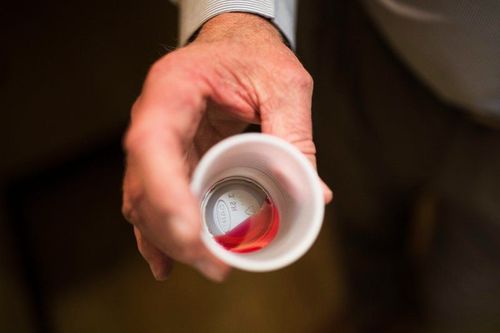This is an automatically translated article.
Post by Master, Doctor Mai Vien Phuong - Department of Examination & Internal Medicine - Vinmec Central Park International General Hospital
Diarrhea and other gastrointestinal symptoms are common complications after solid organ transplantation, with an incidence of 12.6%, and up to 34% of cases may be related to immunosuppressive drug use. Translate. The inclusion of MMF (Mycophenolate mofetil) in an immunosuppressive regimen significantly reduced the acute rejection rate, although its use was associated with an increased incidence of gastrointestinal complications.
It is a derivative of MPA, an antibiotic extracted from Penicillium stoloniferum. After oral administration, it is hydrolyzed to the active metabolite, MMF. MPA inhibits the type II isoform of inosine monophosphate dehydrogenase, an enzyme important in nascent purine synthesis, which induces depletion of guanine and deoxyguanosine nucleotides, inhibits proliferation of T and B lymphocytes and the formation of antibodies
1. Mechanism of mycophenolate mofetil causing diarrhea
The most common adverse effect in kidney transplant patients is watery diarrhea, with an incidence of up to 36% in kidney transplant recipients, which may persist even after drug discontinuation. The mechanism by which MMF induces changes in the gastrointestinal mucosa is unknown, but several hypotheses have been proposed. MMF may have a direct cytotoxic effect in reducing the presence of lymphocytes in the colon and the proliferation of enterocytes, which is in part dependent on the new-onset purine synthesis pathway, thus contributes to gastrointestinal toxicity, which occurs with diarrhea. In the gut, MMF can even induce the apoptosis of lymphocytes activated following exposure to stem cell antigens. In addition, MPA, which has antibacterial effects, can induce alterations in the digestible flora of the gastrointestinal tract, which may promote the growth of tissue-damaging anaerobic bacteria. Furthermore, intestinal injury may be mediated indirectly by the immunosuppressive effects of MMF and consequent alterations in inflammatory responses.2. MMF can cause many gastrointestinal complications
Over the past few years, it has been demonstrated that MMF can cause a variety of gastrointestinal complications, and many studies have attempted to determine whether MMF-associated colitis presents with histological features. typical school or not. Since MMF lesions can be similar to those of IBD, it is essential to distinguish MMF colitis from new-onset IBD because of radically different treatments and outcomes, as this may avoid reducing unnecessary immunosuppression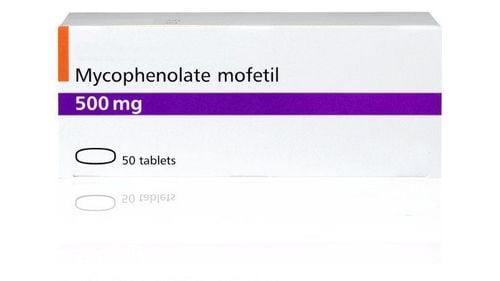
3. Diagnosis of colitis caused by MMF
MMF-associated colitis is defined by the presence of gastrointestinal symptoms unrelated to any other etiology, with endoscopic and histological features suggesting MMF colitis, and by improving marked or resolved symptoms without treatment other than stopping MMF or reducing the initial dose of MMF by 50%. Diarrhea is a common symptom in MMF colitis, and up to 76.5% of patients undergoing colonoscopy for diarrhea have the histological features of MMF. MMF colitis usually presents in the post-implantation period, usually after 4 years, although some authors report that MMF colitis may present up to two years after transplantation. Kidney transplant recipients have a higher incidence of MMF colitis than other organ transplant recipients. The reason for that is unclear, although it may be related to more severe immunosuppression and higher doses of MMF needed after kidney transplantation than after other solid organ transplantation. Furthermore, the toxicity of MMF is more severe when it is given later after transplantation, and it occurs more often in patients with higher serum creatinine levels. Furthermore, tacrolimus co-administered with MMF can significantly alter intestinal circulation, thereby increasing exposure to enterocytes and ultimately inducing colitis. In contrast, cyclosporin co-administered with MMF reduces the excretion of MPA metabolites, and thus may reduce the incidence of gastrointestinal injury. Finally, a significant improvement in MMF-related gastrointestinal symptoms was observed after replacing MMF with mizoribine. Common colonoscopy findings include congestion, erosions, and ulcers, but one Half of the patients had normal colon findings.4. Histological features of MMF . colitis
The histological appearance of MMF colitis is characterized by the presence of architectural deformities, resembling the appearance of chronic colitis. Therefore, the diagnosis of MMF colitis is based on specific histological features and mainly on excluding alternative causes for these histological findings, such as acute colitis, IBD, and GVHD . In their study, Selbst et al found that MMF-induced changes were similar to those in inflammatory bowel disease (28%), GVHD (host graft disease) (19%), colitis. acute colon (16%) and ischemia (3%). Similar findings were reported by de Andrade et al., who analyzed 36 patients undergoing colonoscopy for MMF-associated diarrhea: The most frequent histology was nonspecific colitis. (31.3%), IBD-like colitis (25%), normal/near-normal colitis (18.8%), GVHD-like colitis (18.8%) and deficiency-like colitis local blood. Liapis et al evaluated colon biopsies obtained from 43 kidney transplant recipients with a clinical history of MMF use and persistent diarrhea. The main histological features are as follows: (1) Atrophy of the ridges was assessed as absent, mild, moderate or severe; (2) Deformity of cold spots, cryptic abscesses, inflammatory infiltrates, and changes in eosinophil counts classified by grade and severity; (3) The variable eosinophil count was defined as low if <40 eosinophils per high pass filter (HPF) and high if > 40 eosinophils per HPF; and (4) Edema, ulceration, and fissures with flattened epithelium are classified as absent or present.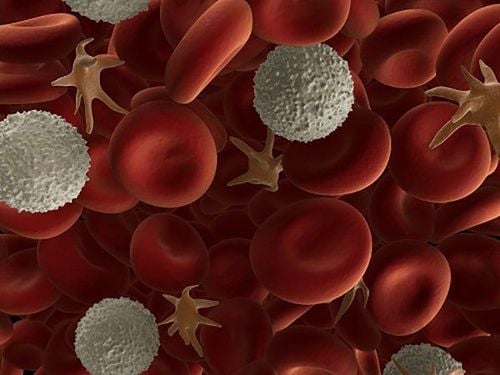
Assessment of severity The severity of colitis was estimated as none, mild, moderate, or severe based on the presence of eosinophils, abscesses, and ulcers.
In summary, MMF colitis usually presents with (1) extensive or irregular atrophy of sweat glands; (2) cryptic changes of cryptic abscesses, neutrophils, eosinophils and mucins within the lumen of the crypt; (3) mild, moderate or severe inflammatory infiltrate, mainly plasma cells and in some cases eosinophils (> 40 per HPF); and (4) localized peritonitis, ulceration, and erosion. MMF colitis presents in a more severe form in the right colon than in the left colon, possibly as a consequence of longer MPA exposure in the right colon and diminished concentrations of the compound in the colonic segments. Peripheral. Furthermore, the degree of colitis is inversely correlated with the duration of MMF use, thus longer therapy is associated with moderate to severe colitis As reported by other studies, the The histological score of MMF colitis is similar to that of IBD and GVHD-like conditions. However, compared with MMF and IBD-like conditions, GVHD is characterized by a higher number of abscesses and mild to moderate inflammation with mild or no crypt deformity. The IBD-like pattern is mainly characterized by moderate or severe crypt abnormalities with erosion and ulceration Treatment Accelerated death of crypt epithelial cells plays an important role important role in the pathogenesis of MMF colitis. Increased cell apoptosis combined with crypt distortion regardless of disease activity speaks to the long-lasting toxic effects of MMF due to its pharmacodynamics. An increase in cell death was associated with MMF colitis, although the absolute number of cell death was significantly higher in GVHD than in MMF colitis (P < 0.0001).
The treatment of MMF colitis involves reducing or in more severe forms, completely stopping MMF. A 50% dose reduction or switch to another immunosuppressant usually leads to complete resolution or significant improvement of symptoms in most patients, whereas only a small number of patients require complete discontinuation of MMF. .
Please dial HOTLINE for more information or register for an appointment HERE. Download MyVinmec app to make appointments faster and to manage your bookings easily.





